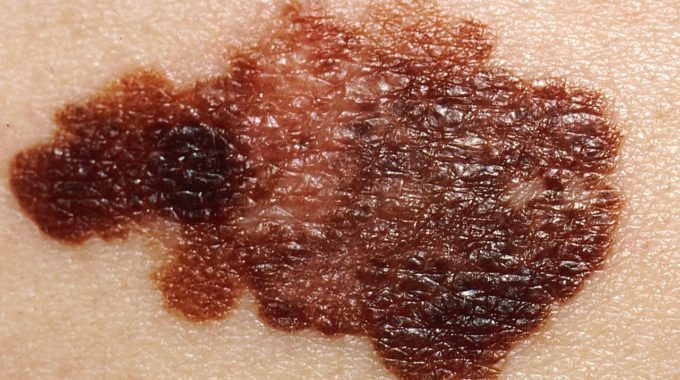We are delighted to introduce Dr. Margaret Bruns at Massachusetts Dermatology Associates! She has a…

Spotting skin cancer
Spotting Skin Cancer
by Dr. Sabina Bis
Although summer is the season for the most severe sunburns which can lead to skin cancer and aging skin, it is important to continue to be vigilant regarding the sun’s UV rays throughout the year. About 90 percent of non-melanoma skin cancers are associated with excess sun exposure, and protecting your skin from harmful UVA and UVB rays is crucial. Application of a broad-spectrum SPF 30 or higher sunscreen every 2-3 hours, wearing sun protective clothing and hats, seeking shade and avoiding UV tanning booths help protect your skin against skin cancer.
Each year, millions of people are affected by skin cancer which includes basal cell carcinoma, squamous cell carcinoma and melanoma. If diagnosed early, most skin cancers are highly curable. Performing regular monthly self-examinations can help detect skin cancer, but you may find it helpful to have a dermatologist also examine your skin every year. These are some simple warning signs of skin cancer that should prompt you to seek evaluation by a physician:
• Skin growth that increases in size, or changes in shape or color
• Bleeding, itching or painful spot
• A pimple or sore that does not heal within 1 month
• Dry scaly patch that does not resolve with moisturizer
• A mole with:
o Asymmetry
o Border irregularity
o Color variation
o Diameter greater than a pencil eraser (6 mm)
o Evolution (change in size, shape, color)
If you have not had a full body check or are due for one, we recommend that you see your dermatologist this Fall.
For more information, The American Academy of Dermatology has excellent resources for learning about melanoma and non-melanoma skin cancer epidemiology, prevention, diagnosis, and treatment.


